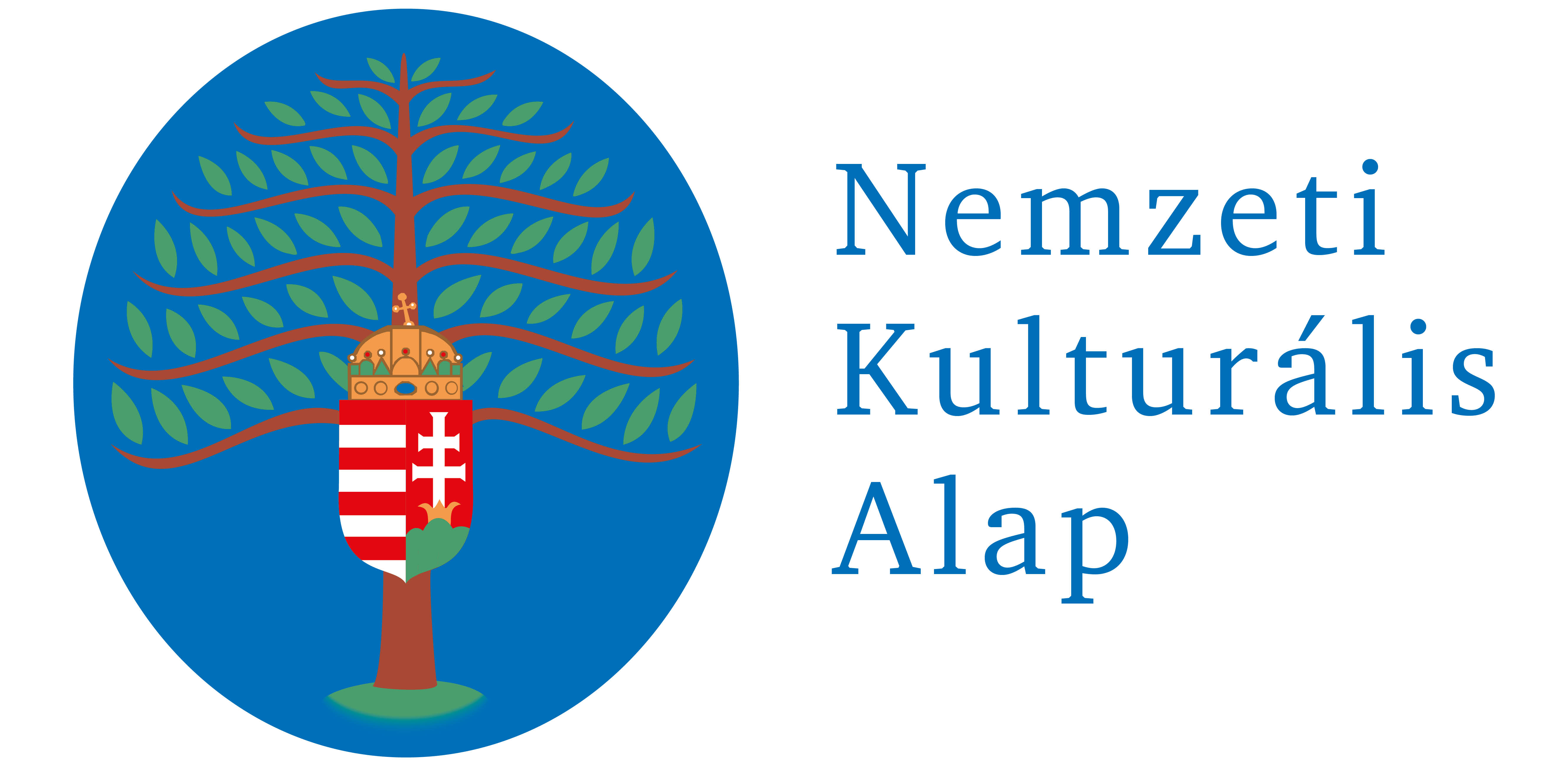Naptár
2024. április 15–19.
2024. április 20.
Eötvös József Kárpát-medencei középiskolai szónokverseny
2024. április 24. – május 3.
Tovább...
3. 2012.
Abstracts in English
Studies
Lózsi, Tamás
The comprehension of multimedia texts
Reading is the interpretation of sign systems and texts. Today a large part of texts surrounding us and our students is multimedia: besides or instead of verbal parts, texts contain visual and often musical elements. One of the most frequent multimedia text types is the genre of advertisements: the comprehension of advertisements is one sort of reading as well. Students are often enthusiastic consumers of advertisements. Advertisements surround them in the media, on tv, and even on the internet. Many advertisements are particularly targeted at teenagers. The present study introduces a potential reading strategy for multimedia texts, primarily for advertisements, which uses rhetorical analysis. After the theoretical bases and text analyses, it presents a series of exercises built upon the former two.
Workshop
Sipos, Mária
URALONET: A new tool for teaching linguistic affinity
In the last two decades, many publications and homepages have become available where instead of research findings in disciplines such as history, comparative linguistics, and archaeology another past is offered for the Hungarians and Hungarian language itself. Although these publications present their views for the readers in a very appealing way, they lack all sorts of scientific background. As popular science is unable to fight against this gradually spreading phenomenon, we can state that it is only public education that is able to provide knowledge from reliable sources to everybody. The study introduces a new digital tool, URALONET and aims to provide help for a more modern, more successful, and scientifically sound way of teaching the topic of linguistic affinity in Hungarian as a first language classes in secondary school.
Tóth M., Zsombor
Music and text. The place of lyrics in the topic ”Literature and related disciplines” on the school-leaving exam
The aim of the study is to show how lyrics can be included in teaching literature in secondary school and how they may contribute to the shaping and development of students’ critical thinking. The theoretical background provides a brief overview of the changes in language use in society and changes of the literary language and literary literacy. The study attempts to place the genre of lyrics among literary genres, it gives the analytical criteria of lyrics as a lyric genre and it shows the role of contemporary lyrics in the life of youngsters. This is followed by a sample topic discussion with teaching materials and exercises – which provides help for the preparations for the school-leaving exam in literature. Based on this study the role of teachers of Hungarian broadens as the expectations of constructivist pedagogy and reception-centred literature teaching both require.
Horváth, Anna
Didactic poems on first-language classes
The aim of the study is to introduce modern didactic poems as learning aids. Learning aids facilitate memorization, knowledge acquisition and experiential learning at first-language classes. The study first presents a theoretical overview of fixing in the mind and recalling, based on classical rhetoric and modern psycholinguistic works. It also discusses the pedagogical and ‘learning to learn’ aspects of didactic poems. It introduces one potential categorization of didactic poems, i.e., illustrative versus knowledge-building poems. Among the exercises, there are first-language exercises (both paper-and-pencil and interactive whiteboard exercises) prepared for grades 5–9, each of them using didactic poems written by the author of this study. The last section concludes with the findings of testing these exercises at school.














